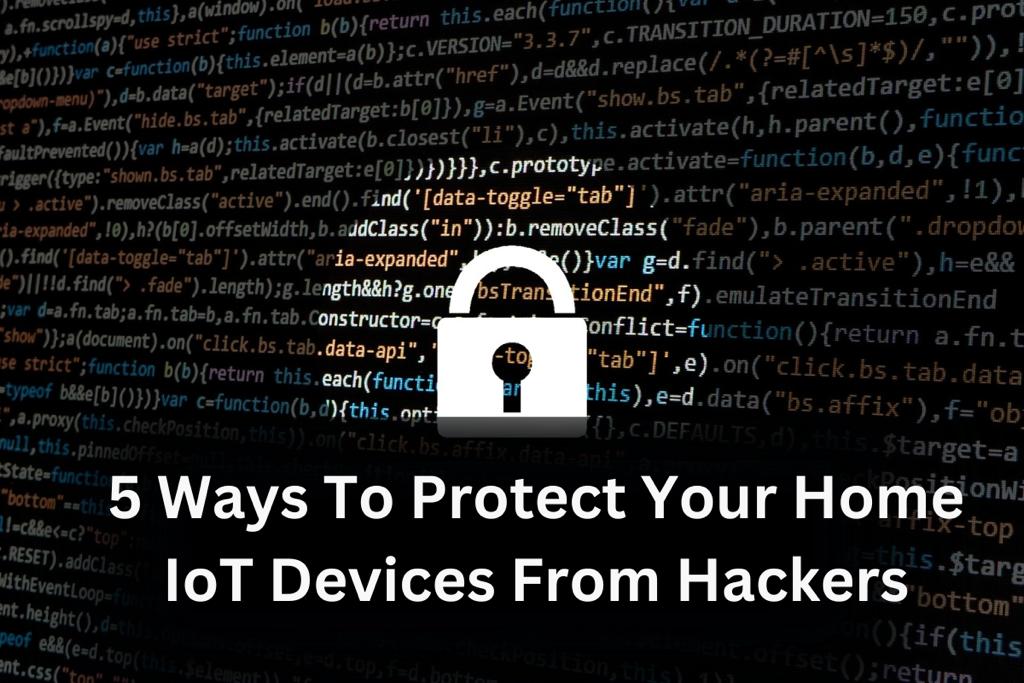
It would not be wrong to describe this century as the era of AI and IoT. Every day new and innovative companies have changed how they do business and are shifting to the digital system to stay relevant in the market. However, it is also true that most companies had no choice but to adopt digitalization because the COVID-19 pandemic forced people to work remotely. The pandemic made the emergence and use of IoT devices and their large-scale adoption necessary.
IoT devices have made lives more accessible and more automated. Let’s take the example of the solar-powered wifi camera, an IOT outdoor monitoring solution. You get to see everything happening in your house’s vicinity in the most energy-efficient way. Although many IoT devices have been permanently integrated into our daily lives, it is essential to be aware of the security risks and threats of cyber attacks.
The much-loathed fact about IoT devices is that they hardly have any inbuilt security, which makes them the most vulnerable to attack from hackers. In addition, most IoT devices are interconnected, compromising the safety of multiple devices if one device gets hacked. Knowing a few facts about securing IoT devices is essential before you enjoy their perks.
5 Ways To Protect Your Home IoT Devices From Hackers
1.Change default router settings.
The wifi router devices come with an inbuilt name, and many people need to remember to change the router name. This could obstruct the security of your private wifi. It is advised to give a random name to the device unrelated to you. For your IoT device to be secure, the network and wifi are the first line of defense that must be protected. This is because many IoT devices are connected to wifi. It is essential to change the default privacy and security settings. The settings are more beneficial to the manufacturers than you. It is better to avoid online shopping on public wifi because anyone can steal your data.
2.Disconnect IoT devices when they are not needed
To ensure the security of your IoT devices, it is essential to know every device’s functionality. Most of today’s machines can connect to the internet, from refrigerators and television to digital clocks. However, you can still join these devices to the internet. You must look closely at the features of your devices and learn exactly which device needs internet connectivity to function.
3.Pick a strong password and use it sparingly.
If you still use your birthdate or username as your password, then it is time you must change it. Using a guessable and straightforward password for IoT devices allows hackers to barge into your privacy. Solid and secure passwords are the best way to protect your devices from hackers. You must use a new and unique password for every device. This is because if a hacker can guess one of your passwords, it could harm every appliance you own that uses that password. This could cause trouble as it is hard to remember all the passwords, but at the same time, it is essential to secure IoT devices. You can write them down in your diary but refrain from keeping electronic notes.
4.Avoid using commonplace Plug Play
While established Plug and Play (UPnP) has its uses, it can put printers, routers, cameras, and IoT gadgets at risk of cyber assaults. The principle concept in the back of designing UPnP is to simplify network devices without extra configuration and assist them in robotically discovering each other. But, these advantage hackers are additional than whatever as they can find out all IoT gadgets past your neighborhood network. Therefore, it is excellent to turn off UPnP completely.
5.Preserve your software and firmware updated
Firmware maintains you covered with present-day security patches and decreases the possibility of cyber assaults. You can repair any vulnerabilities or exploits as they emerge and comfy your IoT gadgets. If feasible, switch on the choice to robotically look for updates.
Most people of IoT manufacturers send regular updates, or you can go to their website to test for brand-new updates and protection patches. Due to the fact, IoT devices have no other layer of safety, updating often is critical for their protection. Updating the IoT device software program guarantees that the device possesses state-of-the-art antimalware and antivirus countermeasures. Furthermore, it enables the machine to clean up the safety flaws of older software program versions. Hackers are constantly improving their plans to invade your privacy. It is higher to replace software and be organized for any outside assaults.
- How to Sync Clipboard Across Devices Easily on Windows in 2025 - July 14, 2025
- How to Open WXDownload Files: Step-by-Step Guide for 2025 - July 14, 2025
- How to Open CRDOWNLOAD Files: Guide to Managing Chrome Downloads 2025 - July 14, 2025
